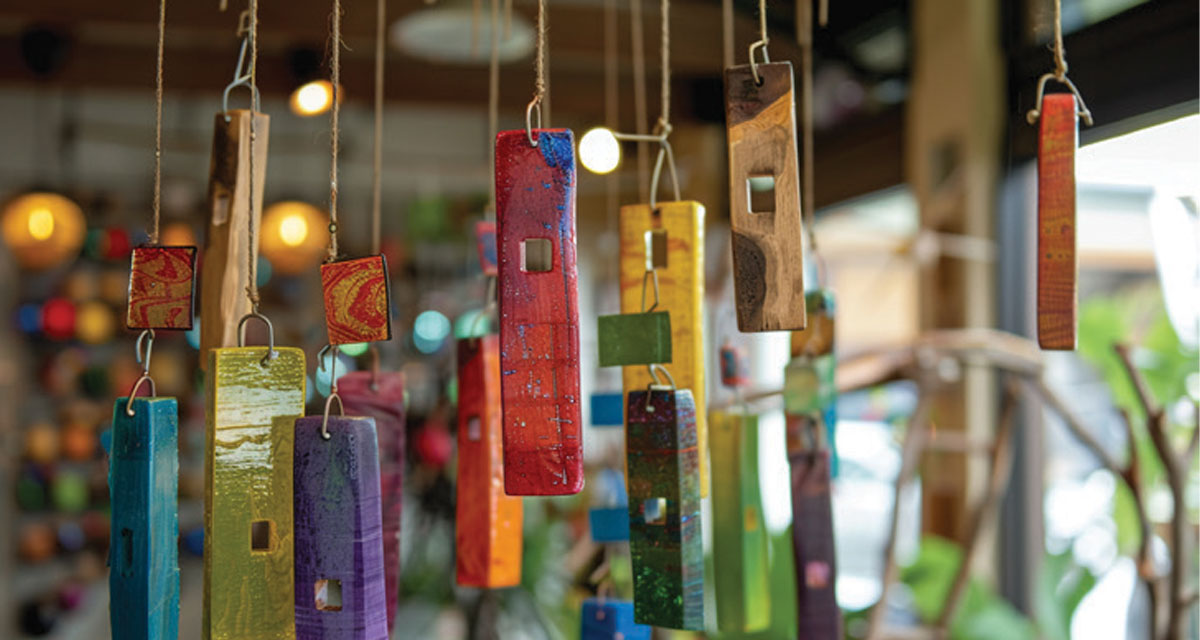Before the rise of Christianity, men, women, and children faced the shortest day of the year and enduring the darkness extending into the longest night. In preparation for the Winter Solstice, thoughts and prayers went to uplift a weakened sun god, in hopes she would feel her people’s strength. In honor of her, evergreen plants decorated homes as a reminder that her glow will shine once again.
The Egyptians, Celts, and Vikings of Scandinavia viewed the evergreen boughs as a symbol of light and peace. Not until the 16th century, did the devout Christians of Germany bring the evergreen into their home and place edible items, such as gingerbread, apples, nuts and handmade paper roses, onto the branches.
The Story of Martin Luther
The story of how trees arrived in the homes of villages started with a preacher named Martin Luther. On the eve of Christmas, Martin looked skyward to see stars shining through the forest of trees. Thrilled by the experience, he arrived home with a fir tree and explained to his wife and children how the star of heaven came to Earth on Christmas. As a solitary candle cascaded a shimmering light onto the branches of the tree, the message of a miracle soon traveled from village to village that the evergreen symbolized the birth of Jesus.
Woods to a Tree Farm
Well before the drive to the honorary tree farm, dads and sons walked through the woods in search of the perfect conifer. Generations later, the tradition continues. Striding slowly past the farm-grown trees has a nostalgic and exciting quality. Despite sharing a large field with families and couples, the task of appraising countless species to find the one with the ideal attributes is still an enjoyable family experience.
Guide to Finding the Right Type
Of the 232 species of evergreens, pine, spruce, fir, and larch comprise the names of trees we typically choose at Christmas. Since the tree becomes the focal point of your holiday décor, it is essential to narrow down your decision to the desired shape, color, and scent.
Douglas Fir: Some trees make a statement! Douglas fir has many positive attributes. Besides its dark-green appearance, full cone-shape, soft needles, and rich scent, the evergreen comprises almost half of all Christmas trees grown in the United States. If you are not a fan of pines or cedars, you’ll love the beauty of the Douglas fir.
Fraser Fir: Known for its pleasant fragrance and yellow-green branches, the lilt of the angled branches makes it an ideal tree to hold heavy ornaments. The one-inch needles add to its denseness, and also have a reputation for color retention.
Eastern White Pine: As a native pine to the Piedmont and Mountain region, the species is a favorite among locals for its soft blue-green foliage. The Eastern white pine has a light fragrance and rarely results in allergic reactions. It, too, has strong branches and two- to five-inch needles that form in bundles of five. Strongly susceptible to weevils and a form of aphid, which lays eggs in pine and spruce trees, it is essential to look at the trunk to ensure it is healthy before cutting.
Virginia Pine: Another popular choice for North Carolinians is the Virginia pine. As a native dark-green tree, the stout and woody branches are ideal for holding heavy ornaments. Easy to identify, the needles, 1½ to 3 inches in length, grow in pairs and twist. If you desire a tall tree, the Virginia pine reaches the stars at 70 feet in height!
Red Cedar: Despite the tradition of having red cedar, the disadvantage is its prickly foliage and limber branches. It is vital to mention this species. While still a viable option, tree shoppers must be aware that a fungus will attack the foliage. Additionally, one must place the stem base in water soon after arriving home to prevent brown needles from appearing.
“O’ Christmas tree, O’ Christmas tree, you give us so much pleasure!
How oft at Christmas tide the sight, o’ green fir tree, gives us delight!
O Christmas Tree, O’’ Christmas Tree, you give us so much pleasure!”























